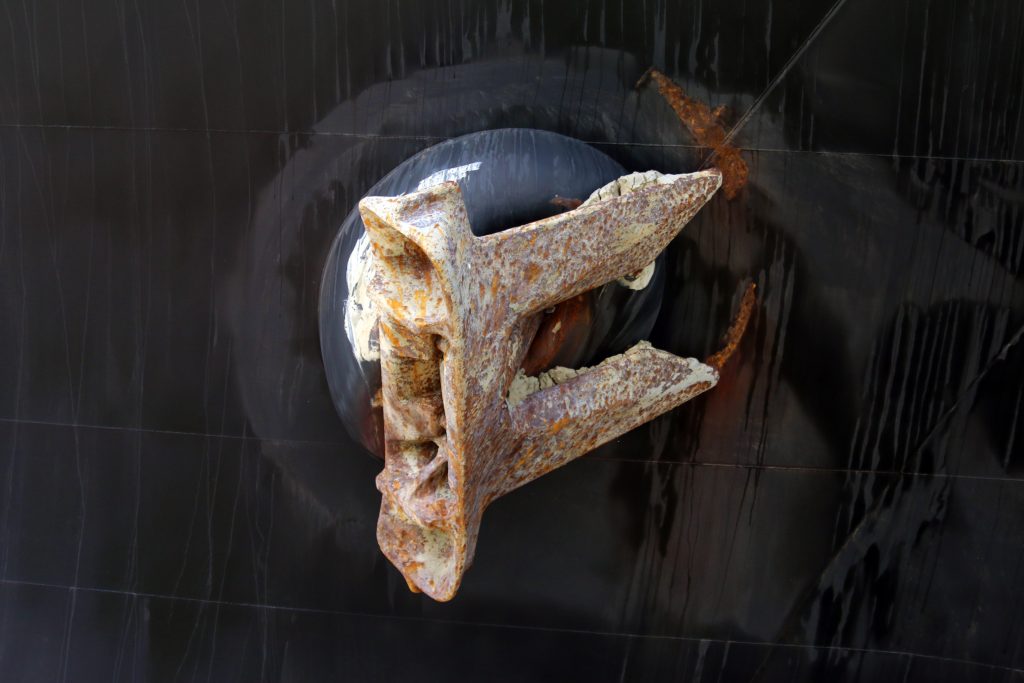Ships biofouling can be divided onto 2 types:
1.Microscopic marine bio-fouling (or micro-fouling)
These are layer of microorganisms including bacteria, diatoms and the sticky substances it produces. They are known as the colloidal layer, and the microscopic (or small-sized) marine bio fouling can usually be removed by swiping the finger lightly over the surface.
2.Microscopic marine bio-fouling (or micro-fouling)
These are layer of microorganisms including bacteria, diatoms and the sticky substances it produces. They are known as the colloidal layer, and the microscopic (or small-sized) marine bio fouling can usually be removed by swiping the finger lightly over the surface.








